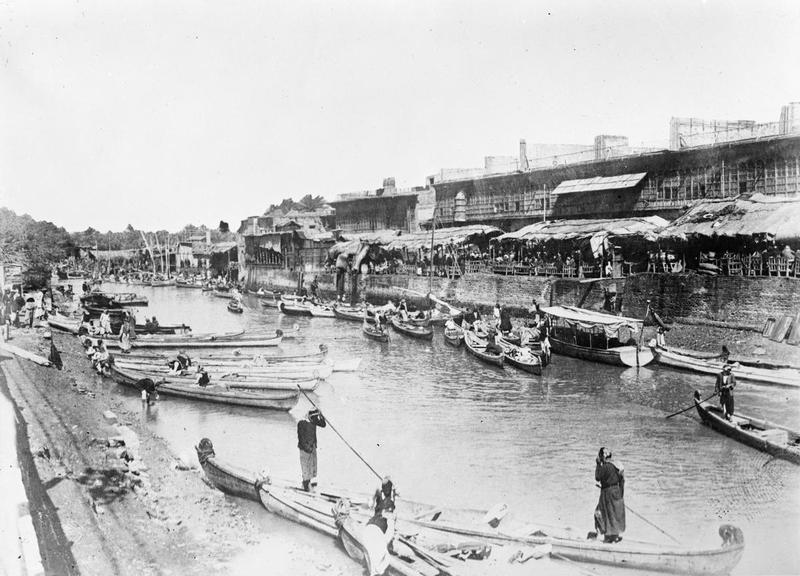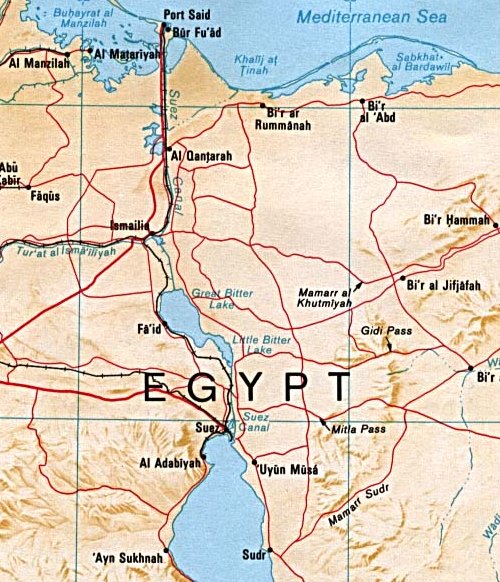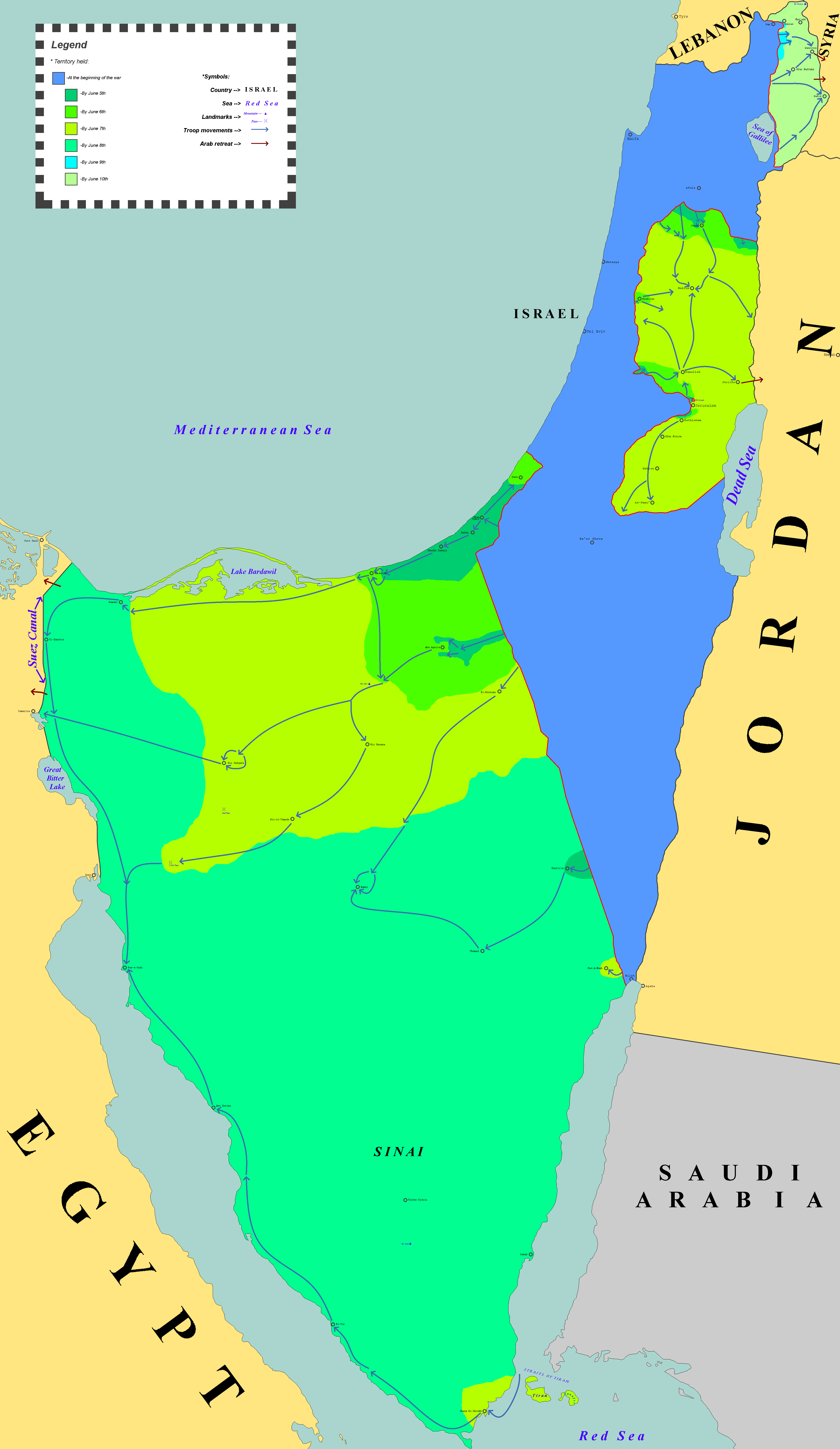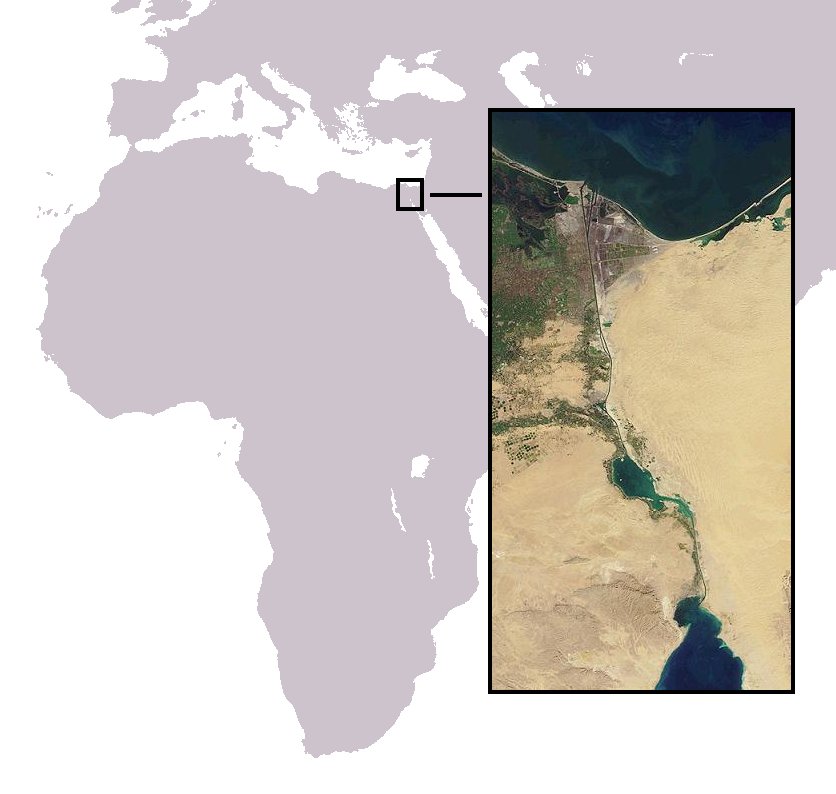|
Benjamin Ben-Eliezer
Binyamin "Fuad" Ben-Eliezer (, ; 12 February 1936 – 28 August 2016) was an Iraqi-born Israeli politician and general. He served as a member of the Knesset between 1984 and 2014, and held several ministerial posts, including Minister of Industry, Trade and Labour; Minister of Defense; and Deputy Prime Minister. He served as leader of the Israeli Labor Party between 2001 and 2002. Biography Ben-Eliezer was born in Basra in southern Iraq to an Iraqi-Jewish family, the son of Saleh and Farha Elazar. His name at birth was Fuad Elazar. He immigrated to Israel in 1950, where his name was Hebraized to Binyamin Ben-Eliezer. He was drafted into the Israel Defense Forces in 1954 and became a career soldier. He lived in Rishon LeZion and was married with five children. Some of his granddaughters live in the United States. He was fluent in Hebrew, Arabic and English. Military career Ben-Eliezer was drafted into the IDF in 1954 and served in the Golani Brigade. He served in the Brigade a ... [...More Info...] [...Related Items...] OR: [Wikipedia] [Google] [Baidu] |
Basra
Basra () is a port city in Iraq, southern Iraq. It is the capital of the eponymous Basra Governorate, as well as the List of largest cities of Iraq, third largest city in Iraq overall, behind Baghdad and Mosul. Located near the Iran–Iraq border at the north-easternmost extent of the Arabian Peninsula, the city is situated along the banks of the Shatt al-Arab that empties into the Persian Gulf. It is consistently one of the hottest cities in Iraq, with summer temperatures regularly exceeding . Built in 636 as a military camp, Basra played an important role as a regional hub of knowledge, trade and commerce during the Islamic Golden Age and is home to the first mosque built outside the Arabian Peninsula. It was a center of the History of slavery, slave trade in Mesopotamia, until the Zanj Rebellion, Zanj rebellion in Battle of Basra (871), 871. Historically, Basra is one of the ports from which the fictional Sinbad the Sailor embarked on his journeys. It has experienced numerou ... [...More Info...] [...Related Items...] OR: [Wikipedia] [Google] [Baidu] |
Aliyah
''Aliyah'' (, ; ''ʿălīyyā'', ) is the immigration of Jews from Jewish diaspora, the diaspora to, historically, the geographical Land of Israel or the Palestine (region), Palestine region, which is today chiefly represented by the Israel, State of Israel. Traditionally described as "the act of going up" (towards the Jerusalem in Judaism, Jewish holy city of Jerusalem), moving to the Land of Israel or "making aliyah" is one of the most basic tenets of Zionism. The opposite action – emigration by Jews from the Land of Israel – is referred to in the Hebrew language as ''yerida'' (). The Law of Return that was passed by the Knesset, Israeli parliament in 1950 gives all diaspora Jews, as well as their children and grandchildren, the right to relocate to Israel and acquire Israeli citizenship on the basis of connecting to their Jewish identity. For much of Jewish history, their history, most Jews have lived in the diaspora outside of the Land of Israel due to Jewish militar ... [...More Info...] [...Related Items...] OR: [Wikipedia] [Google] [Baidu] |
Executive Officer
An executive officer is a person who is principally responsible for leading all or part of an organization, although the exact nature of the role varies depending on the organization. In many militaries and police forces, an executive officer (XO) is the second-in-command, reporting to the commanding officer (CO). The XO is typically responsible for the management of day-to-day activities, freeing the commander to concentrate on strategy and planning the unit's next move. Administrative law While there is no clear line between principal executive officers and inferior executive officers, principal officers are high-level officials in the executive branch of U.S. government such as department heads of independent agencies. In ''Humphrey's Executor v. United States'', 295 U.S. 602 (1935), the Court distinguished between executive officers and quasi-legislative or quasi-judicial officers by stating that the former serve at the pleasure of the President of the United States, presid ... [...More Info...] [...Related Items...] OR: [Wikipedia] [Google] [Baidu] |
Yom Kippur War
The Yom Kippur War, also known as the Ramadan War, the October War, the 1973 Arab–Israeli War, or the Fourth Arab–Israeli War, was fought from 6 to 25 October 1973 between Israel and a coalition of Arab world, Arab states led by Egypt and Syria. Most of the fighting occurred in the Sinai Peninsula and Golan Heights, territories Israeli-occupied territories, occupied by Israel in 1967. Some combat also took place in mainland Geography of Egypt, Egypt and Northern District (Israel), northern Israel. Egypt aimed to secure a foothold on the eastern bank of the Suez Canal and use it to negotiate the return of the Israeli occupation of the Sinai Peninsula, Sinai Peninsula. The war started on 6 October 1973, when the Arab coalition launched a surprise attack across their respective frontiers during the Jewish holy day of Yom Kippur, which coincided with the 10th day of Ramadan. The United States and Soviet Union engaged in massive resupply efforts for their allies (Israel and the A ... [...More Info...] [...Related Items...] OR: [Wikipedia] [Google] [Baidu] |
War Of Attrition
The War of Attrition (; ) involved fighting between Israel and Egypt, Jordan, the Palestine Liberation Organisation (PLO) and their allies from 1967 to 1970. Following the 1967 Six-Day War, no serious diplomatic efforts were made to resolve the issues at the heart of the Arab–Israeli conflict. The 1967 Arab League summit formulated in September the "Khartoum Resolution, three no's" policy, barring peace, International recognition of Israel, recognition, or negotiations with Israel. Egyptian President Gamal Abdel Nasser believed that only military initiative would compel Israel or the international community to facilitate a full Israeli withdrawal from Sinai Peninsula, Sinai, and hostilities soon resumed along the Suez Canal. These initially took the form of limited artillery duels and small-scale incursions into Sinai, but by 1969, the Egyptian Army judged itself prepared for larger-scale operations. On March 8, 1969, Nasser proclaimed the official launch of the War of Attri ... [...More Info...] [...Related Items...] OR: [Wikipedia] [Google] [Baidu] |
Six-Day War
The Six-Day War, also known as the June War, 1967 Arab–Israeli War or Third Arab–Israeli War, was fought between Israel and a coalition of Arab world, Arab states, primarily United Arab Republic, Egypt, Syria, and Jordan from 5 to 10June 1967. Military hostilities broke out amid poor relations between Israel and its Arab neighbors, which had been observing the 1949 Armistice Agreements signed at the end of the 1948 Arab–Israeli War, First Arab–Israeli War. In 1956, regional tensions over the Straits of Tiran (giving access to Eilat, a port on the southeast tip of Israel) escalated in what became known as the Suez Crisis, when Israel invaded Egypt over the Israeli passage through the Suez Canal and Straits of Tiran, Egyptian closure of maritime passageways to Israeli shipping, ultimately resulting in the re-opening of the Straits of Tiran to Israel as well as the deployment of the United Nations Emergency Force (UNEF) along the Borders of Israel#Border with Egypt, Egypt ... [...More Info...] [...Related Items...] OR: [Wikipedia] [Google] [Baidu] |
Sinai War
The Suez Crisis, also known as the Second Arab–Israeli War, the Tripartite Aggression in the Arab world and the Sinai War in Israel, was a British–French–Israeli invasion of Egypt in 1956. Israel invaded on 29 October, having done so with the primary objective of re-opening the Straits of Tiran and the Gulf of Aqaba as the recent tightening of the eight-year-long Egyptian blockade further prevented Israeli passage. After issuing a joint ultimatum for a ceasefire, the United Kingdom and France joined the Israelis on 5 November, seeking to depose Egyptian president Gamal Abdel Nasser and regain control of the Suez Canal, which Nasser had earlier nationalised by transferring administrative control from the foreign-owned Suez Canal Company to Egypt's new government-owned Suez Canal Authority. Shortly after the invasion began, the three countries came under heavy political pressure from both the United States and the Soviet Union, as well as from the United Nations, eventual ... [...More Info...] [...Related Items...] OR: [Wikipedia] [Google] [Baidu] |
Officer Candidate School
An officer candidate school (OCS) is a military school which trains civilians and Enlisted rank, enlisted personnel in order for them to gain a Commission (document), commission as Commissioned officer, officers in the armed forces of a country. How OCS is run differs between countries and services. Typically, officer candidates have already attained post-secondary education, and sometimes a bachelor's degree, and undergo a short duration of training (not more than a year) which focuses primarily on military skills and leadership. This is in contrast with a military academy which includes academic instruction leading to a bachelor's degree. Australia Officer Cadet School of Australia – Portsea (OCS Portsea) commenced training officers for the Australian Army in 1951 and continued through to the end of 1985. Since OCS Portsea's closure in 1985, all Australian Army Officer training has been conducted at the Royal Military College, Duntroon in Canberra. During the Vietnam War, the ... [...More Info...] [...Related Items...] OR: [Wikipedia] [Google] [Baidu] |
Infantry
Infantry, or infantryman are a type of soldier who specialize in ground combat, typically fighting dismounted. Historically the term was used to describe foot soldiers, i.e. those who march and fight on foot. In modern usage, the term broadly encompasses a wide variety of subspecialties, including light infantry, irregular infantry, heavy infantry, mountain infantry, motorized infantry, mechanized infantry, Airborne forces, airborne infantry, Air assault, air assault infantry, and Marines, naval infantry. Other subtypes of infantry, such as line infantry and mounted infantry, were once commonplace but fell out of favor in the 1800s with the invention of more accurate and powerful weapons. Etymology and terminology In English, use of the term ''infantry'' began about the 1570s, describing soldiers who march and fight on foot. The word derives from Middle French , from older Italian (also Spanish) ''infanteria'' (foot soldiers too inexperienced for cavalry), from Latin '' ... [...More Info...] [...Related Items...] OR: [Wikipedia] [Google] [Baidu] |
Squad Leader
''Squad Leader'' is a tactical level board war game originally published by Avalon Hill in 1977. It was designed by John Hill and simulates on infantry combat in Europe during World War II. One of the most complex war games of its time, ''Squad Leader'' is the natural extension of the trend towards greater realism (and hence complexity) initiated by several earlier games, including Avalon Hill's own '' PanzerBlitz'' and '' Panzer Leader''. Those two earlier games were slightly larger in scope, with counters representing platoons and map hexes measuring 250 metres across, compared to Squad Leader's 40 meter hexes and squad sized units. The original ''Squad Leader'' was produced in time to debut at Origins 1977. (The original print run of 2,500 copies had purple boxes which have become collectors' items.) Avalon Hill sold well in excess of 100,000 games of ''Squad Leader'', making it one of the most successful war games ever made. Combined with the sales of '' Advanced Squad ... [...More Info...] [...Related Items...] OR: [Wikipedia] [Google] [Baidu] |
Golani Brigade
The 1st "Golani" Brigade (, ''Hativat Golani'') is an Israeli military infantry brigade. It is subordinated to the 36th Division and traditionally associated with the Northern Command. It is one of the five infantry brigades of the regular Israel Defense Forces (IDF), the others being the Paratroopers Brigade, the Nahal Brigade, the Givati Brigade and the Kfir Brigade. Its symbol is a green olive tree against a yellow background, with its soldiers wearing a brown beret. It is one of the most highly decorated infantry units in the IDF. The brigade consists of five battalions, including two which it kept from its inception (12th and 13th), one transferred from the Givati Brigade (51st). The brigade was formed on February 22, 1948, during the 1948 Arab–Israeli War, when the Levanoni Brigade in the Galilee split into the 1st Golani Brigade and the 2nd Carmeli Brigade. It has since participated in all of Israel's major wars and nearly all major operations, including the Sue ... [...More Info...] [...Related Items...] OR: [Wikipedia] [Google] [Baidu] |







